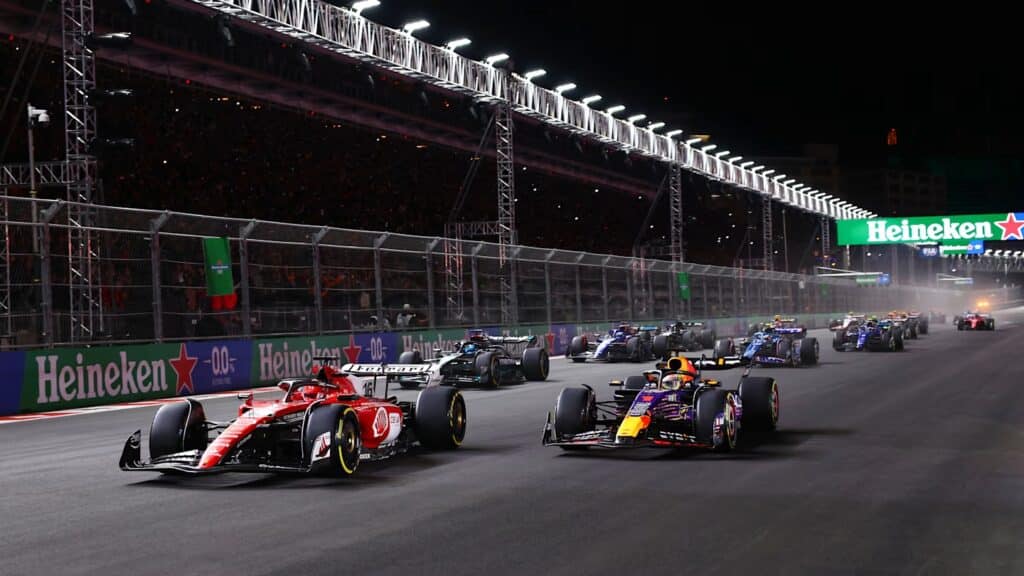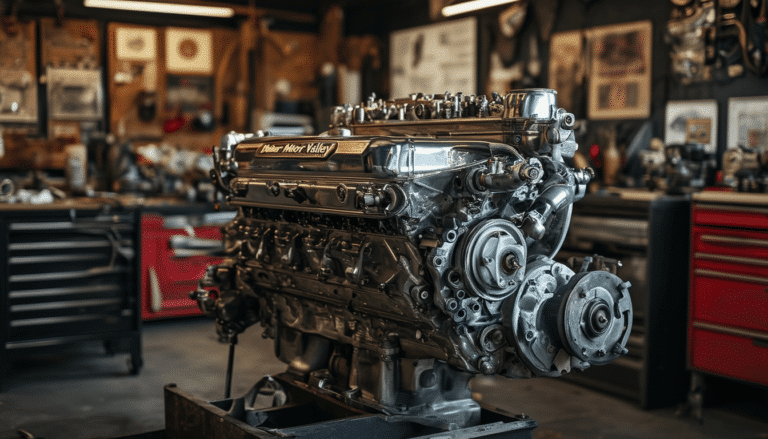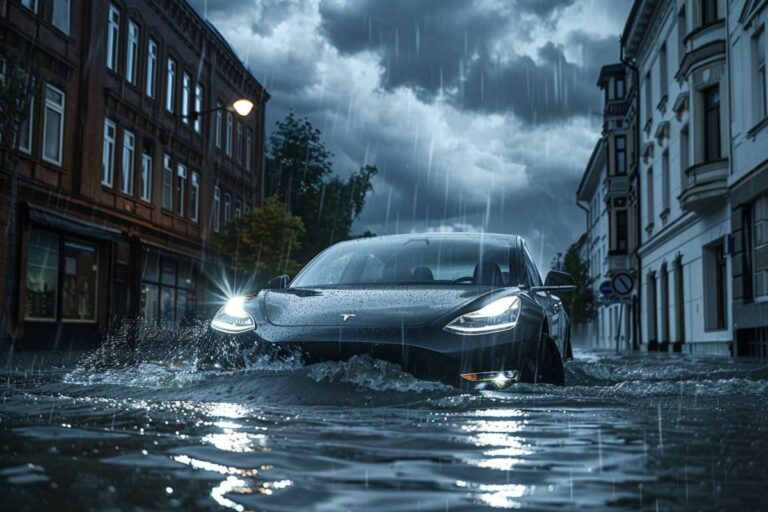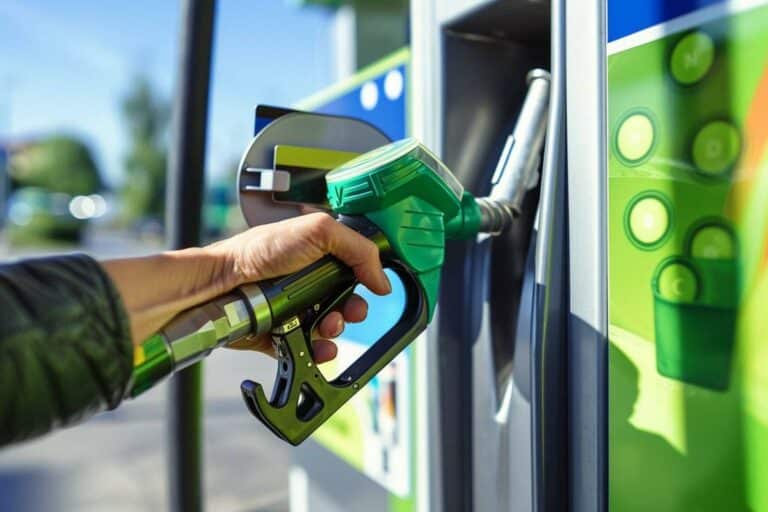La Fórmula 1 will remain hybrid in the coming years, although it does not rule out the return of V10 engines

The Formula 1 will continue its journey into the future with a renewed commitment to hybrid technology, while keeping the possibility of reintroducing the iconic V10 engines open. In a recent meeting in Bahrain, the main manufacturers of the competition discussed engine regulations, reaffirming their support for partial electrification and the rules planned for 2026. However, it cannot be ruled out that, in the medium term, the roaring V10s may return, necessarily accompanied by technological innovation such as KERS, thus showcasing the duality of the sport between tradition and modernity.
Recent discussions between the International Automobile Federation (FIA) and the main teams demonstrate a strong commitment to the hybrid future of Formula 1. While electrification will remain a key component, the door is not closed to a possible return of the V10 engines. However, this potential return would occur in a hybrid context, reflecting a commitment to sustainability and the longed-for sound of engines from the past.
Commitment to Hybrid Technology
In a recent meeting held in Bahrain, the conversations between the FIA and manufacturers highlighted the importance of maintaining hybrid technology as the foundation of future regulations in the sport. With the transition already started to power units that eliminate the MGU-H, the technological landscape of Formula 1 will continue to evolve, seeking a balance between efficiency and performance. The introduction of these new units for 2026 reinforces this direction. More details about the powerful combination of hybrid engines can be appreciated here.
Debate on the Return of the V10 Engines
Despite the focus on hybrid technology, the possibility of a return of the V10 engines has generated excitement. However, any return is conceptualized within a hybrid framework. The V10 engines, if adopted in the future, should incorporate electric elements, perhaps in the form of KERS, integrating nostalgia with technological advancements. This consideration is also framed by a desire to maintain the sport’s relevance and appeal to fans.
Economic and Environmental Challenges
Regulatory changes will discuss how to moderate research and development costs, focusing on methodologies that ensure a more accessible and sustainable Formula 1. Reducing the complexity of power units aims to enhance competitiveness and adapt to global economic conditions. Moreover, the use of sustainable fuels is not merely an option but a necessity, in line with global sustainability trends. You can discover more about the electrification discussions here.
An Excitingly Balanced Future
The meeting in Bahrain emphasized that all parties involved are committed to the regulations scheduled for 2026, anticipating races that are as exciting as they are sustainable. Rigorous oversight of financial and technical regulations will be a priority, with the goal of ensuring the long-term viability of the sport. This commitment encompasses everything from environmental sustainability to technological relevance, ensuring that Formula 1 remains at the forefront both in sport and technology.
Sustainability Perspective
A recent advance towards sustainability was observed with the implementation of new sustainable vehicles in the automotive industry. While these innovations do not directly belong to Formula 1, they demonstrate a trend towards cleaner and more efficient technologies that the FIA seeks to incorporate into the future of the sport.
The Future of Formula 1: A Balance Between Tradition and Innovation
The Formula 1, the highest exponent of motorsport worldwide, continues to move towards a more sustainable future without losing sight of its roots. After intense discussions between the FIA and manufacturers, it has been decided that hybrid engines will continue to be protagonists in the coming years. This decision reflects Formula 1’s commitment to combine advanced technology with environmental concerns, always seeking to maintain interest and excitement among its followers.
The recent meeting in Bahrain showed how manufacturers, including giants like Mercedes-Benz, Honda, and Ferrari, recognize the need for an eco-friendly approach while considering the importance of the sound and traditional appeal of the sport. Although the return of atmospheric V10 engines is not completely ruled out, the condition is that any future engine of this type should be accompanied by an electric component. This is seen as a meeting point between modernity and nostalgia, capable of satisfying both purists of the category and new fans.
Among the challenges facing the category is the reduction of costs in research and development, without compromising performance and safety. Additionally, there will be a strong emphasis on the use of sustainable fuels, a measure that reflects Formula 1’s adaptation to the demands of an increasingly environmentally conscious society. Formula 1 seems to be on the path to balance maintaining the complexity and performance of power units while ensuring that fans continue to enjoy exciting and competitive races.
In conclusion, although the exact future of the engine remains a topic of discussion, with possibilities for significant innovations still to be explored, the FIA and the teams are firmly committed to an approach that prioritizes the long-term viability of the sport. In this way, Formula 1 promises to remain an exciting and relevant spectacle in the global world of motorsport.





